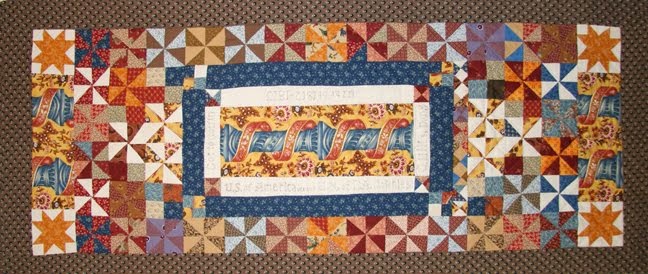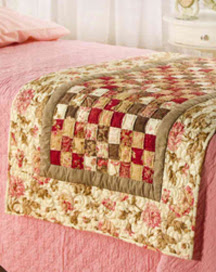Toiles de Jouy, the distinctive wood block and copper-plate printed textiles manufactured between 1760 and 1843 in Jouy-en-Josas, a small village between Paris and Versailles
Swatches from a textile sample book, dating to around about 1810 in the collections of the Victoria and Albert Museum.
Albums of textile samples, bound in gilt embossed leather wallets, were the marketing tool of the fabric sales representative. The French fabric mills produced thousands of different fabric motifs in the 18th and 19th century.
It is the extraordinary freshness of the colour that enthralls us and the perfect state of preservation of the fabric - just as it came from the factory!
Seeing these pristine textile sample swatches challenges us to imagine that the dresses in old black and white daguerreotypes can be scarlet, red or russet!
The early quilts now faded to brown, tan and grey were once vibrant with madder reds, violets and oranges.
And we can once again see all the beautiful fabrics, long ago eaten by moths, but now returned in contemporary fabric collections - after more than 200 years, the toiles printed in Jouy continue to inspire designers.

















